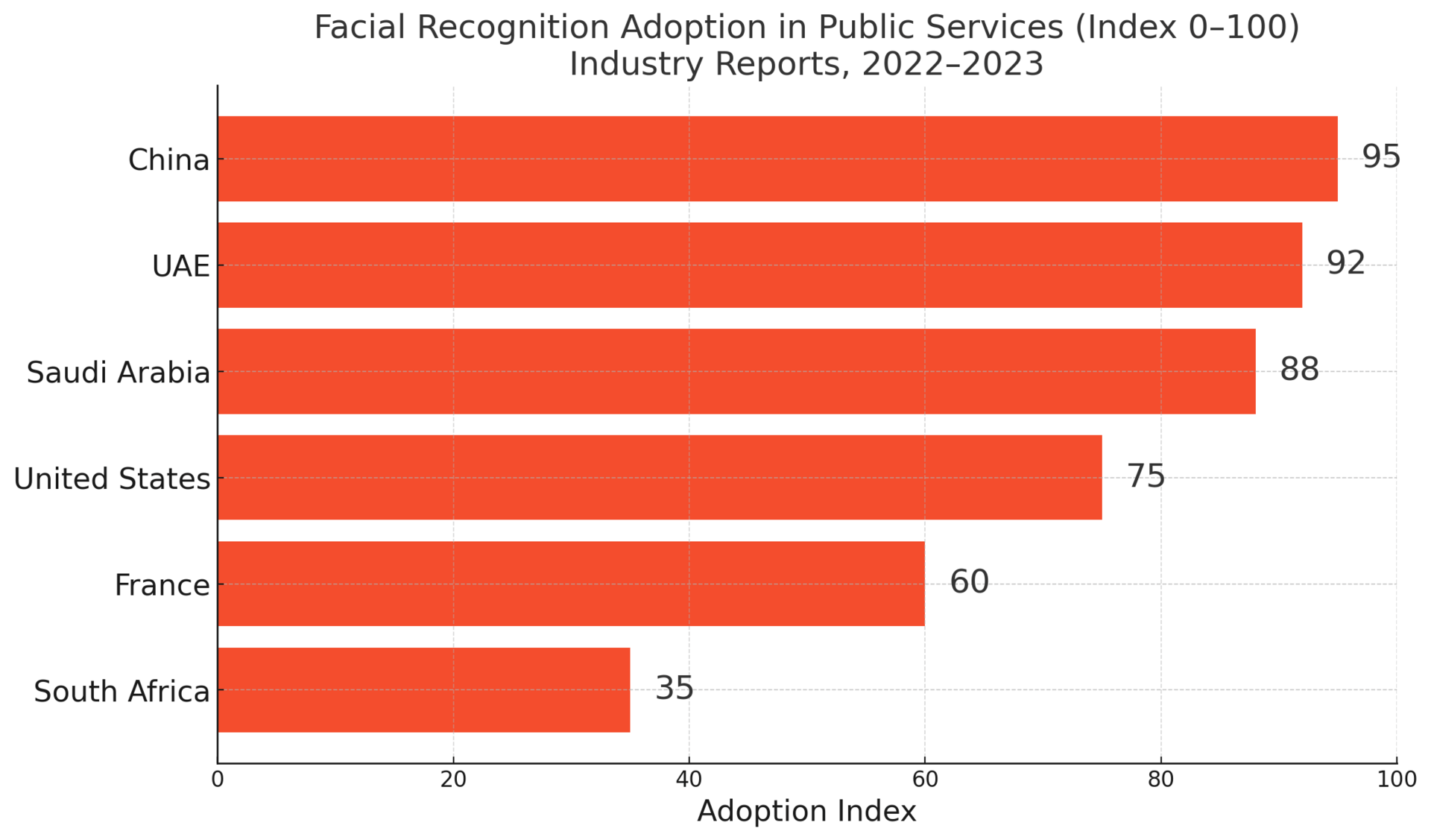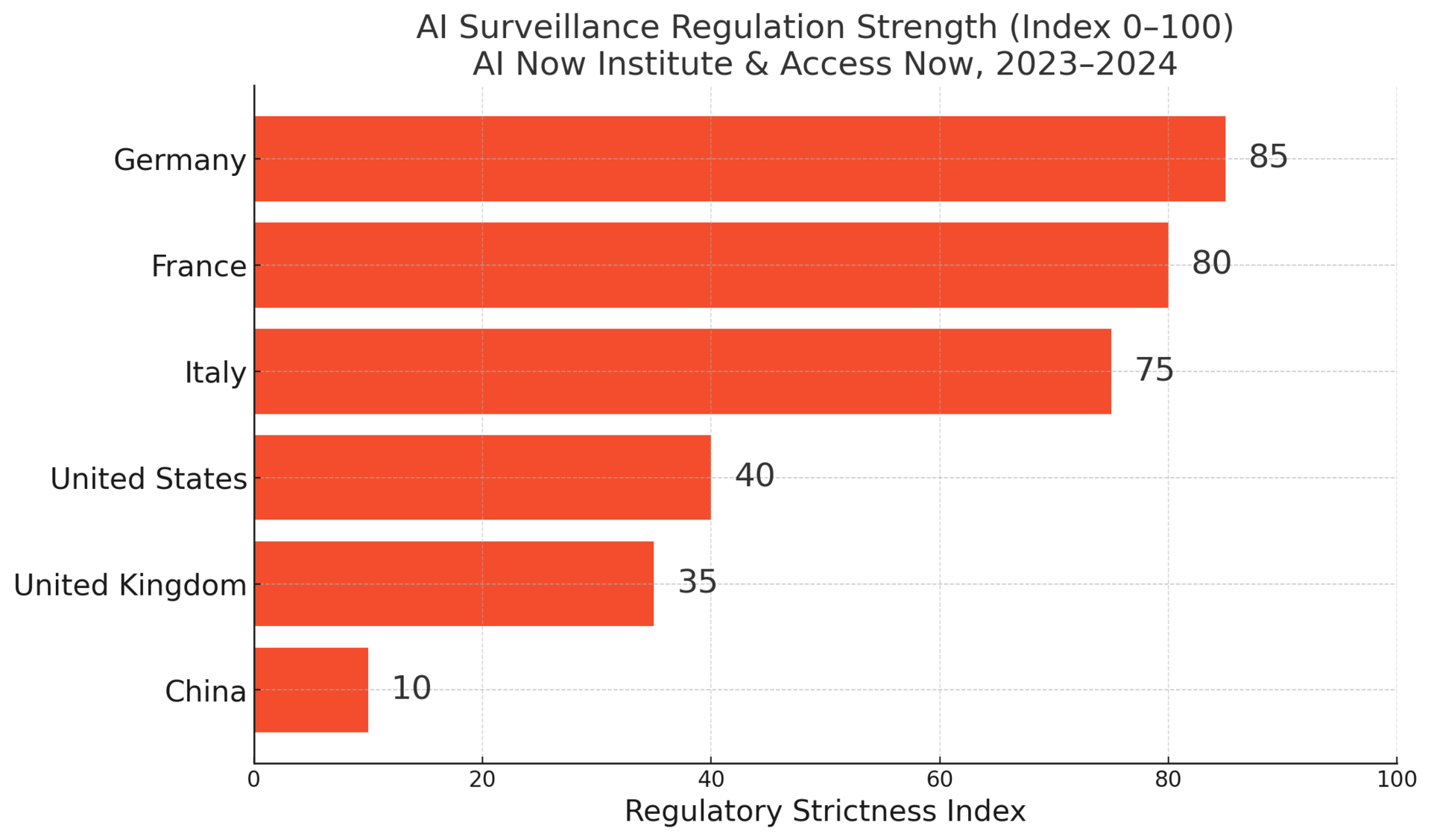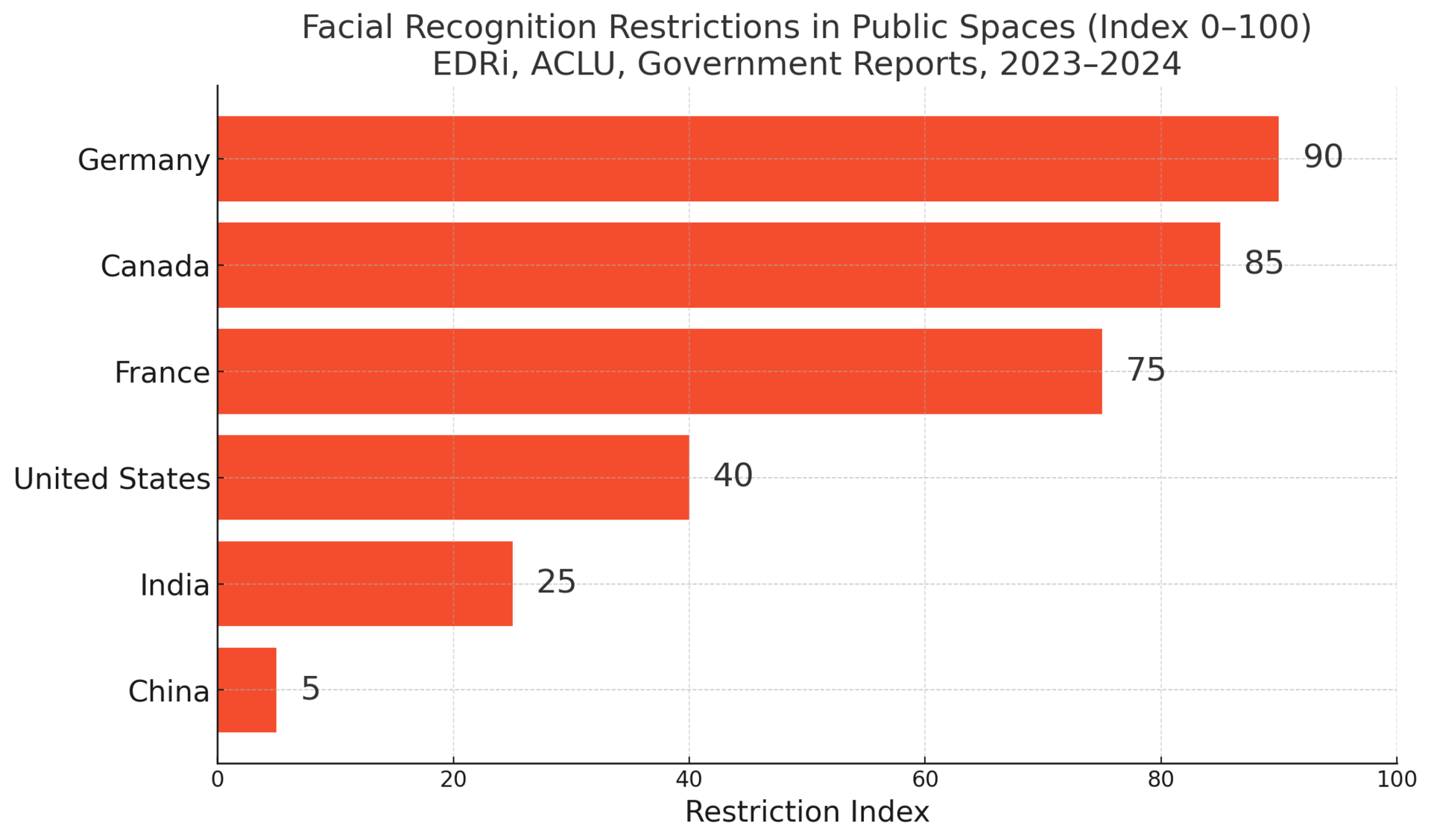- World Population Review Newsletter
- Posts
- AI Is Watching You—Where, Why, and What’s Next?
AI Is Watching You—Where, Why, and What’s Next?
How governments are using AI to track, predict, and control behavior.
Greetings, inquisitive mind of world events!
A silent revolution is underway. Cameras follow your face. Algorithms guess your next move. Governments, often unnoticed, are collecting more data than ever.
This month, we dive into the rising tide of state surveillance—how facial recognition, biometric IDs, and predictive policing are quietly reshaping daily life.
Who’s leading? Who’s resisting? And what does it mean for your freedom, safety, and future?
Let’s pull back the curtain.
Big investors are buying this “unlisted” stock
When the founder who sold his last company to Zillow for $120M starts a new venture, people notice. That’s why the same VCs behind Uber and eBay also backed Pacaso. They made $110M+ in gross profit to date. They even reserved the Nasdaq ticker PCSO. Now, you can join, too.
Paid advertisement for Pacaso’s Regulation A offering. Read the offering circular at invest.pacaso.com. Reserving a ticker symbol is not a guarantee that the company will go public. Listing on the NASDAQ is subject to approvals.
In China, surveillance isn’t an add-on—it’s part of the infrastructure. With over 600 million cameras, the “Skynet” network watches nearly every corner of public life, from apartment lobbies to school hallways.
AI-powered facial recognition flags individuals in seconds. Social credit scores link behavior to rewards—or punishments. In Xinjiang, predictive policing has gone even further, drawing global criticism for targeting minority populations.
The sheer scale is unmatched, and the control it enables is both admired and feared worldwide.
Hard truth: China has one surveillance camera for every 2.4 people—the highest ratio in the world.

In the U.S., surveillance is fragmented, but no less pervasive. Police departments use facial recognition powered by companies like Clearview AI. Schools monitor students' keystrokes. Mobile data is quietly sold to federal agencies.
Unlike in China, public resistance has led to bans on facial recognition in cities like San Francisco and Portland. But without national regulation, the legal landscape remains a patchwork.
Predictive policing tools—designed to anticipate crime—are still in use despite evidence of bias and flawed data.
Did you know? Roughly 1 in 4 U.S. law enforcement agencies use facial recognition, often without public consent.

The UK may not have invented surveillance, but it has embraced it. London alone hosts over 600,000 CCTV cameras—making it the most-watched city in the Western world.
Recently, police have begun deploying live facial recognition at concerts, protests, and crowded events. Critics argue these tests blur the line between public safety and mass monitoring.
Yet, most of this expansion has happened without clear laws or public consultation.
Historical echo: The UK’s mass CCTV rollout in the 1990s was meant for crime hotspots—now it spans most of urban life.

India is building one of the world’s largest biometric systems—quickly and with few privacy protections. Over 1.3 billion people are enrolled in Aadhaar, the country’s national ID, linking fingerprints and iris scans to daily life.
But India’s ambitions go further. Cities like Delhi and Hyderabad are trialing real-time facial recognition, sometimes during protests. This raises fears about how surveillance might be used to suppress dissent.
With no comprehensive data protection law, oversight is still catching up.
Staggering stat: As of 2023, India’s facial recognition system stored over 140 million images—with few rules on usage.

In the Gulf states, surveillance is sophisticated, sleek—and rarely questioned. Governments like those in 🇸🇦 Saudi Arabia and 🇦🇪 the UAE have poured billions into AI-powered cities, smart cameras, and biometric tracking.
Dubai’s metro uses facial recognition for security. Saudi Arabia’s “smart ID” system aims to integrate everything from healthcare to immigration into a biometric ecosystem.
The region presents surveillance not as oppression, but as modernization. Dissent is rare—and so is transparency.
Unexpected contrast: 🇶🇦 Qatar uses facial recognition at airports—but bans it in malls and shops. A reminder that privacy rules can be highly selective.

The EU may be tech-forward, but it's taking a cautious stance on surveillance. With its GDPR privacy laws and the newly passed AI Act, the bloc is pushing back against unchecked facial recognition.
Countries like 🇫🇷 France and 🇩🇪 Germany are piloting facial recognition under strict rules. Meanwhile, 🇮🇹 Italy briefly banned it altogether before allowing limited use.
The EU AI Act will soon restrict real-time surveillance and ban social scoring—setting a global precedent.
Key signal: The EU is the first major region to legally ban AI systems that replicate China-style social credit scoring.

No matter where you live or travel, surveillance is part of modern life. From border crossings to shopping centers, your face, location, and behavior may already be in a database somewhere.
The key is not paranoia—but awareness. Know which countries monitor citizens most closely. Learn whether biometric data is required for residency, or if protests are digitally tracked.
These insights can shape where you choose to live, invest, or explore.
Actionable insight: If you're relocating or visiting a major city, check if it's part of a facial recognition pilot program—often published in transparency reports (e.g., Toronto, Amsterdam, Paris).

Like roads, electricity, or broadband, state surveillance is becoming part of how societies function. But unlike other infrastructure, its presence is often invisible—and its impact deeply personal.
Whether it’s justified by safety, innovation, or national pride, surveillance is shifting how we understand freedom and control. Informed citizens are empowered citizens.
So stay curious. Ask questions. And remember—what you can’t see may still be watching you.
Warm regards,
Shane Fulmer
Founder, WorldPopulationReview.com
P.S. Want to sponsor this newsletter? Reach 126,000+ global-minded readers — click here!

